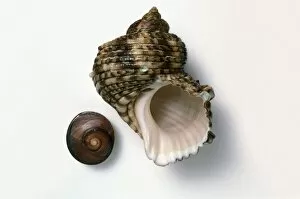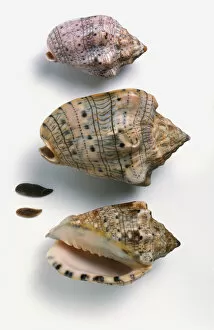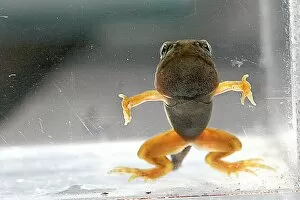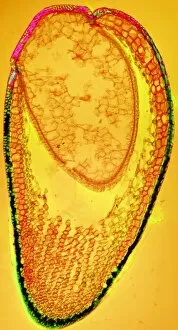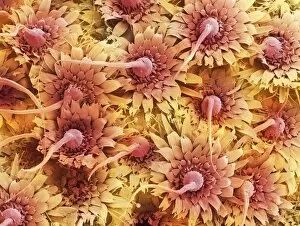Operculum Collection
"Exploring the Intricate World of Operculum: A Journey Through Gastropods and Their Shells" Delve into the fascinating world of operculum
All Professionally Made to Order for Quick Shipping
"Exploring the Intricate World of Operculum: A Journey Through Gastropods and Their Shells" Delve into the fascinating world of operculum, a unique feature found in various gastropod shells. In this captivating journey, we encounter remarkable specimens from different eras and regions. First, we are introduced to Cirsotrema lamellosum, a beautiful Wentletrap shell hailing from the Pliocene era. Its intricate patterns and delicate structure leave us in awe. Next to it lies the inner side of its operculum, adding another layer of complexity to its design. Moving on, we discover the Silver Mouth Turban (Turbo argyrostomus), with its whole shell displaying an enchanting spiral shape. Beside it rests the operculum, revealing a mesmerizing texture that complements its outer beauty. Our exploration continues with the Music Volute (Voluta musica) shells accompanied by two operculums. The vibrant colors and elegant curves of these shells captivate our senses while their accompanying operculums provide insight into their protective mechanisms. As we venture further, we encounter the Sunburst star turban shell (Astraea heliotropium). Both top and underside views showcase its striking appearance while highlighting an intricately designed outer side of its operculum. Next up is Opeatostoma pseudodon, showcasing an overhead and underside view of Thorn Latirus shell alongside its solid squat shell-shaped operculum. The contrasting light and dark brown stripes against a white background create a visually stunning combination. Continuing our expedition through diverse species, we come across Shinbone tibia (Tibia fusus) shells accompanied by their corresponding operculums. These specimens display intriguing shapes and textures that evoke curiosity about their origins. Further along our journey lies Tuba false fusus shell (Hemifusus tuba), presenting both shells and operculum.

